
When the average casual car enthusiast thinks of American muscle cars, their mind typically conjures up images of smoky burnouts, quarter-mile drag strip heroics, and the deep, chest-rattling rumble of an uncorked Big Block V8. And for good reason — that's what many of them were built for. And it's cool to think about, honestly. However, there's a largely overlooked aspect to these Detroit-bred beasts, a secret weapon often dismissed or ignored: sheer top speed.
Sure, most muscle cars were engineered to flex off the line, designed to win stoplight Grands Prix. Yet, a select few were secretly capable of truly stretching their legs, hitting velocities that would impress even today's supercars. These 12 American muscle cars brought more than raw torque; they brought genuine, wind-cheating, tire-melting speed.
What Counts as Fast — and as Muscle?

We chose top speed as our performance benchmark because it reveals a side of muscle cars most people overlook. Unlike 0–60 times or quarter-mile slips, which depend heavily on traction, gearing, and surface conditions, top speed highlights more than just horsepower. It exposes a car’s aerodynamics, gearing, and power-to-weight ratio. At high speeds, you're no longer battling traction; you're fighting the air itself. It’s not the most practical number (no one’s running 150 mph to Target), but then again, neither is the quarter-mile.
As for what counts as a “real” muscle car? We’re not here to gatekeep. This list blends classic heavy-hitters from the golden era with modern muscle machines that share the same DNA: enormous power, rear-wheel drive, and a rebellious attitude. Some are well-known. Others are surprisingly affordable, underrated speed demons still hiding in plain sight.
Either way, they all earned their place here because they can flat-out fly.
1971 Plymouth GTX 440 Six Barrel
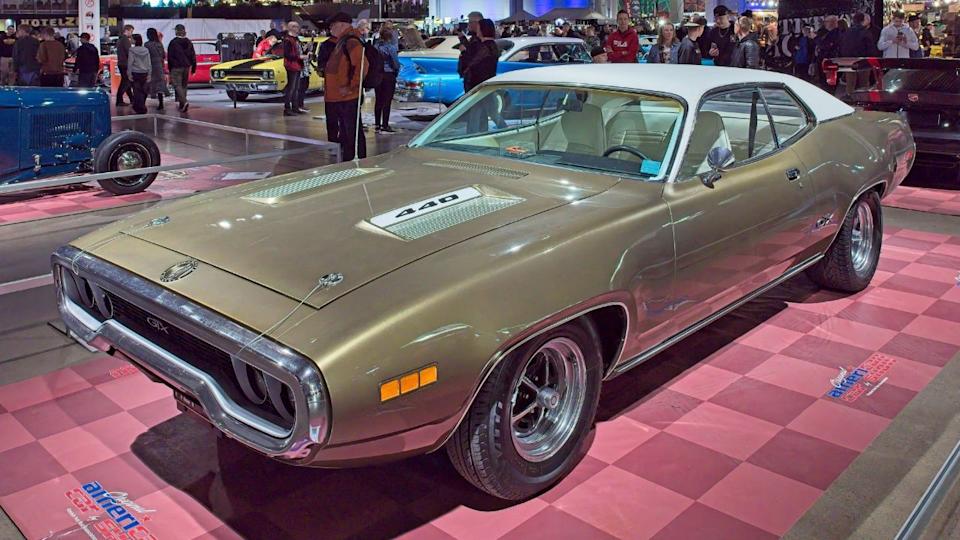
The 1971 GTX, especially with the mighty 440 Six Barrel (three two-barrel carburetors), was a glorious, defiant last hurrah before impending emissions regulations started limiting performance across the board. While it was often overshadowed by the mythical Hemi 'Cuda (and its slightly more common 440+6 Road Runner sibling), the GTX was no slouch. Its big-block 440 engine, rated at a conservatively stated 385 horsepower and 490 lb-ft of torque, could rocket this gentleman's express to a verified top speed in the 140-145 mph range.
Consider this: a full-size car in the era of bell-bottoms and vinyl roofs, weighing around 4,000 pounds, could keep pace with European exotics that cost twice its price. Despite its plush ride and luxury leanings (GTX stood for "GT" plus "X" for luxury), it had the muscle and long legs to run with the best of its era.
Today, it's often forgotten in the shadow of its more famous (and far rarer) brethren, but back then, it was a competent high-speed cruiser with undeniable grit.
2000 Pontiac Firebird Trans Am WS6
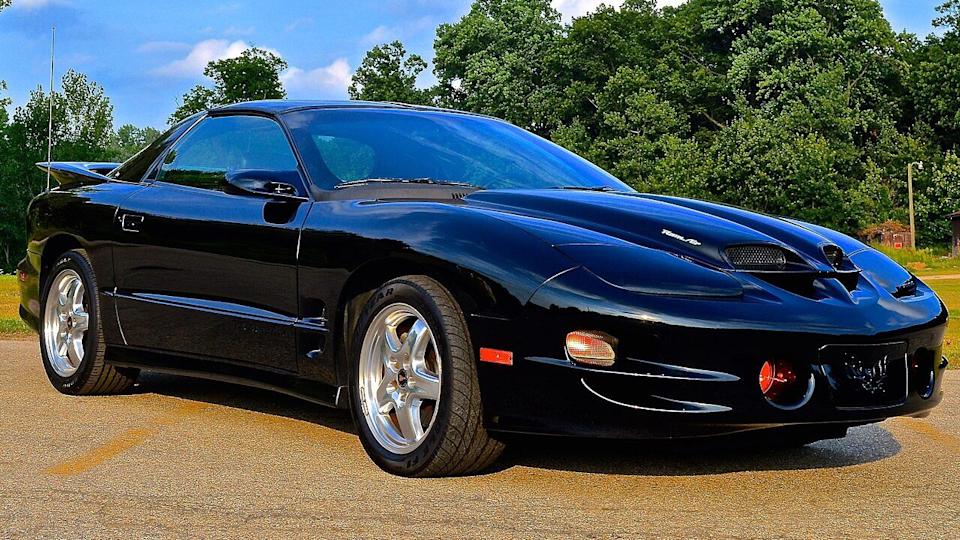
Before GM unceremoniously shoved Pontiac into the automotive graveyard, it gave us one final, glorious Firebird with undeniable claws: the WS6 Ram Air Trans Am. In 2000, this beast was equipped with a genuine Corvette-sourced LS1 V8 engine, producing 320 hp. And here's the kicker: with its factory limiter removed (a common aftermarket tweak for these cars), it could achieve a top speed of over 160 mph (some sources claim up to 162 mph), stock.
With its aggressive, functional hood scoops (hence "Ram Air"), wide stance, optional T-tops, and that unmistakable screaming chicken on the hood, the WS6 looked like it was purpose-built to break speed limits and ignite teenage fantasies — and turn heads with its rebellious styling.
But it didn't just look the part; it was the part. The upgraded suspension, functional cold-air intake, and long gearing meant it was a grand tourer disguised as a street brawler. Unfortunately, it's often overshadowed by its older '70s cousins or forgotten entirely in the era of Hellcats. However, many sports cars still struggle to achieve these kinds of numbers to this day.
2004 Pontiac GTO (LS1)
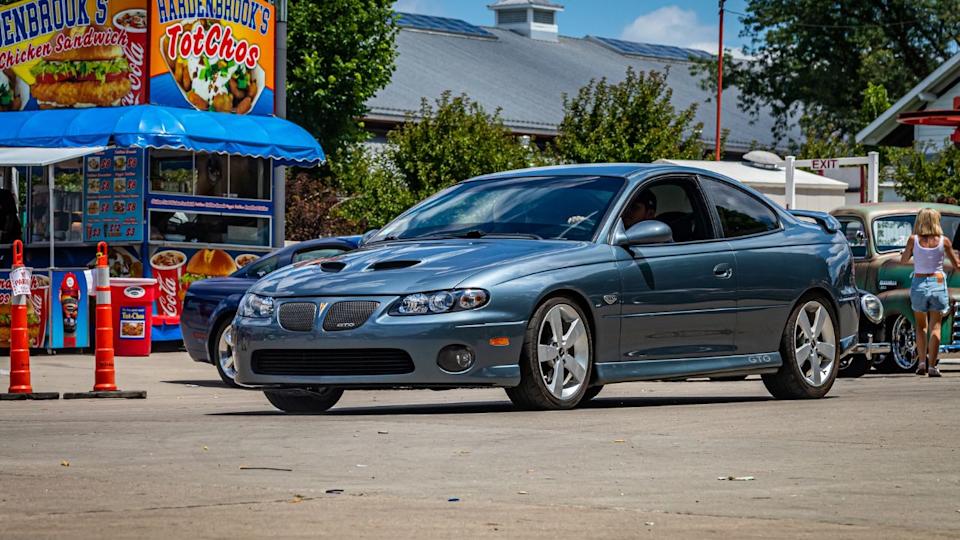
The "return" of the Pontiac GTO in 2004 was met with a resounding "meh" by many muscle car purists, panned mainly for its incredibly bland, anonymous styling. It looked like a generic sedan that got lost on its way to the rental car lot. Under that utterly conservative skin was a beastly secret: a legitimate, Corvette-derived LS1 V8. This engine, pumping out 350 hp, could propel the unassuming GTO to a top speed just shy of 160 mph (estimated around 158-160 mph). Seriously.
Though it lacked the retro flair of its eventual competitors (the reborn Mustang and Challenger), it more than made up for it with refinement, excellent handling, and genuine Autobahn credentials, courtesy of its Australian Holden Monaro roots, the GTO could cruise at triple-digit speeds all day long, effortlessly gobbling up highway miles.
Yet, it's rarely mentioned in top-speed conversations, forever stuck in the "ugly duckling" category. A profoundly misunderstood brute with seriously long legs, begging for you not to judge it by its cover.
1998 Chevrolet Camaro Z28 SS (SLP)

The 4th-generation Camaro, with its polarizing "catfish" styling, doesn’t get much love these days. But the 1998 Z28 SS with the SLP package was a legitimate high-speed menace that nobody saw coming. This was the year the F-body finally received the venerable LS1 V8 from the C5 Corvette, producing a stout 320 hp (325 hp with the SLP package). What did that translate to? A top speed just shy of 160 mph (around 158 mph factory-limited), making it one of the fastest American production cars of its time, period.
Its controversial, wedge-like styling aided its aerodynamic efficiency on long straights, even if it made it look like it was getting stretched and warped in a black hole.
Today, it’s mostly remembered as a relic of the late 90s, but back then, it offered legitimate Corvette-level pace at a Camaro price. Don't let the dated looks fool you; this thing was a drag coefficient dream on a budget.
1993 Ford SVT Cobra
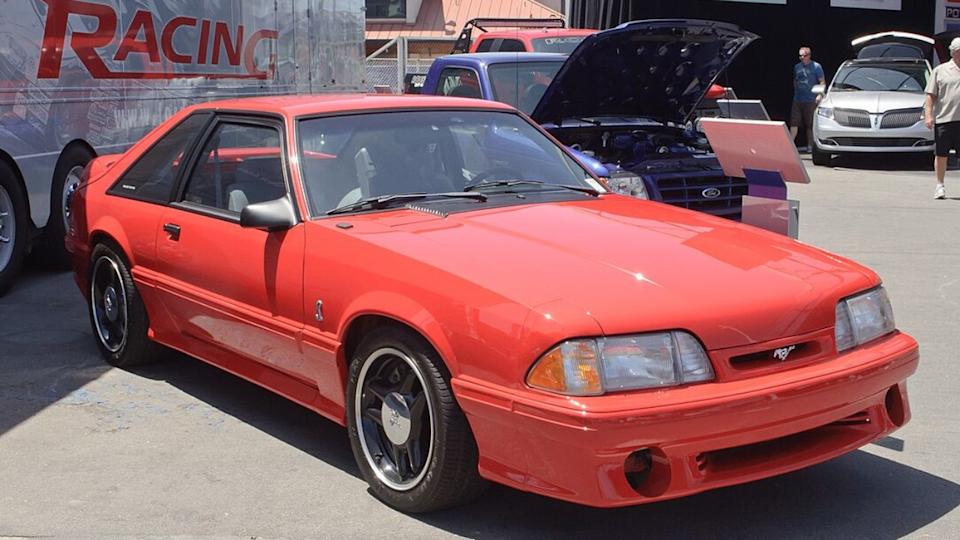
By 1993, the venerable Fox-body Mustang platform was on its last legs, desperately in need of a complete refresh. Ford's newly formed Special Vehicle Team gave it a glorious send-off with the inaugural SVT Cobra. Its legendary 5.0-liter V8 pushed out a seemingly modest 235 hp — not monstrous on paper, especially compared to later Cobras. But it came with significant powertrain upgrades, improved suspension, and subtle aerodynamic tweaks.
What truly made it stand out was its top-end performance. It could reach a top speed of around 140 mph, a genuinely eye-opening figure for a Mustang of that era, especially one that wasn't a heavily modified drag car. While it lacked the supercharged intensity of later Cobras (and certainly the outright speed of the ultra-rare Cobra R, which could push 160+), the 1993 SVT Cobra was a refined and competent speed machine that's rarely remembered for what it could do flat out. It was a proper send-off for an icon.
2003 Mercury Marauder
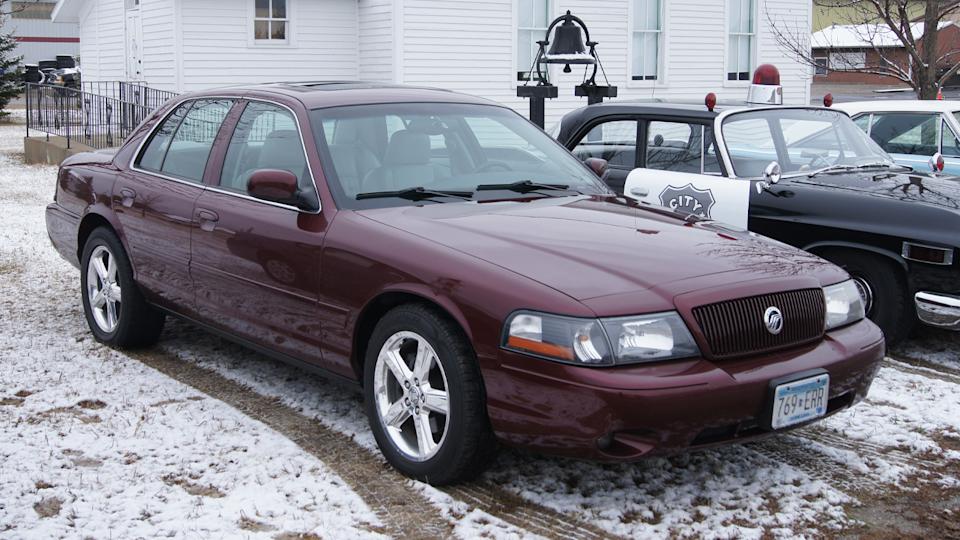
The Mercury Marauder looked like a slightly sinister version of your grandma’s Grand Marquis. It was basically a Grand Marquis, just with blacked-out trim and a menacing stance. It also drove like a cop car with a vengeance. Under the hood, however, was a truly surprising powerplant: the 302-hp DOHC 4.6-liter "Mod Motor" V8, borrowed directly from the contemporary Mustang Mach 1.
This unassuming, full-size sedan, riding on the ancient Panther platform, could crest 140 mph (often limited to 117 mph by factory programming, but easily uncorked), making it one of the fastest full-size sedans of its day. It didn’t get the respect it deserved, largely because it looked like something a plainclothes detective or a retired couple might drive. But don’t be fooled: this thing was a stealth missile in pleated trousers, a true sleeper that could surprise many a sports car on the highway.
1970 Buick GSX Stage 1
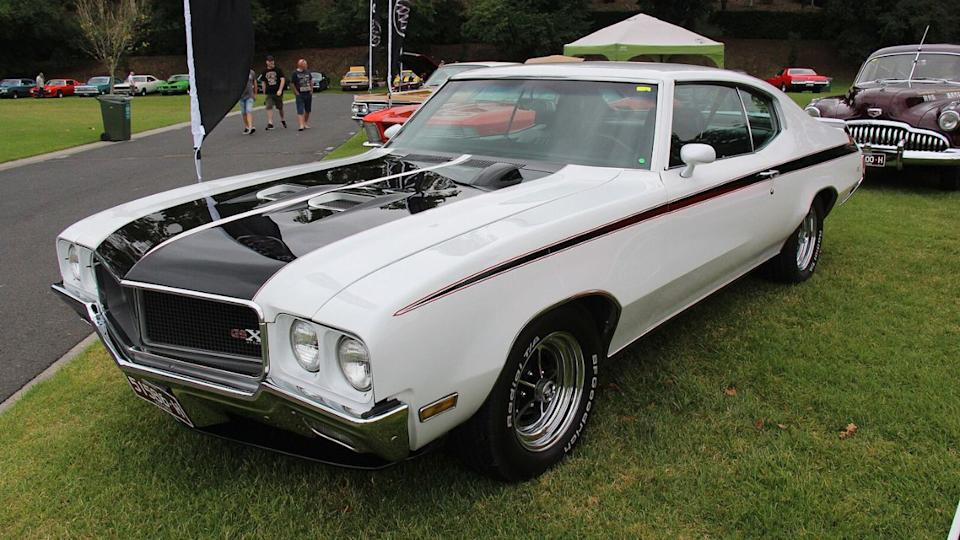
The 1970 Buick GSX Stage 1 is legendary for its stump-pulling torque. But is it also fast? You bet. With the highly underrated Stage 1 package, the massive 455 cubic-inch V8 officially made 360 hp (likely closer to 400-425 hp in reality), but an earth-shattering 510 lb-ft of torque. This combination was sufficient for a quarter-mile time in the low 13s and a top speed of around 140-145 mph.
The GSX was built for duking it out on the drag strip, but it also possessed the refinement and appropriate gearing to handle a long, high-speed cruise with ease. Often viewed as a low-end brawler, it had the surprising civility and long legs to surprise many a sports car on the open road. It was, in essence, a luxury muscle car that never blinked when the fast lane beckoned.
2008 Dodge Magnum SRT8
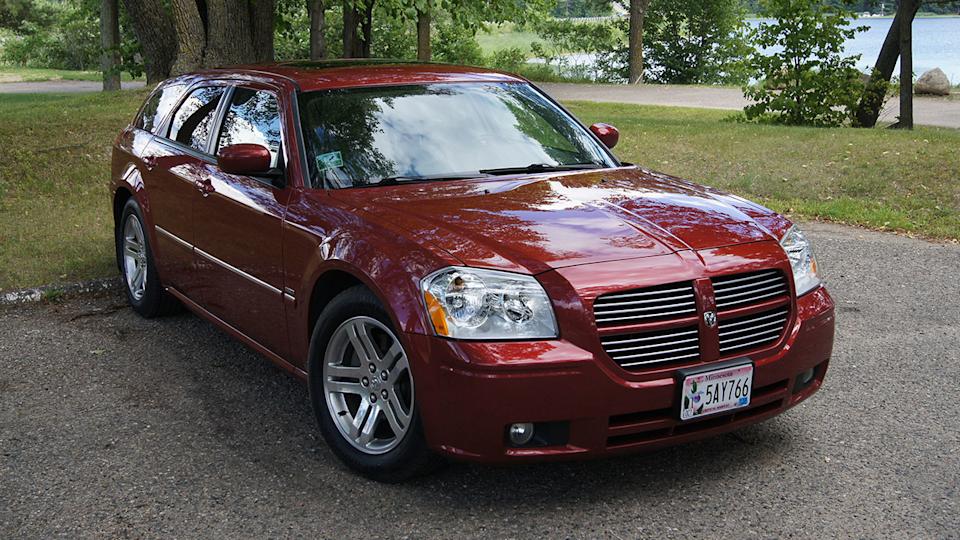
Station wagons aren’t supposed to be fast, right? Well, the 2008 Dodge Magnum SRT8 disagreed. This unapologetically boxy family hauler was fitted with the glorious 6.1-liter Hemi V8, pushing 425 hp. And what did that mean for your grocery run? A top speed of around 155 mph (some tests showed slightly higher).
That's faster than many purpose-built sports cars of the era, and it could haul both groceries and serious G-forces. Perpetually overshadowed by its more celebrated Charger and Challenger SRT8 siblings, the Magnum SRT8 never quite got the respect it deserved. But for those in the know, it was a family-hauling freight train with a serious attitude problem – in the best possible way. Practicality and pavement-shredding power, all in one stylish hearse.
1969 AMC AMX 390
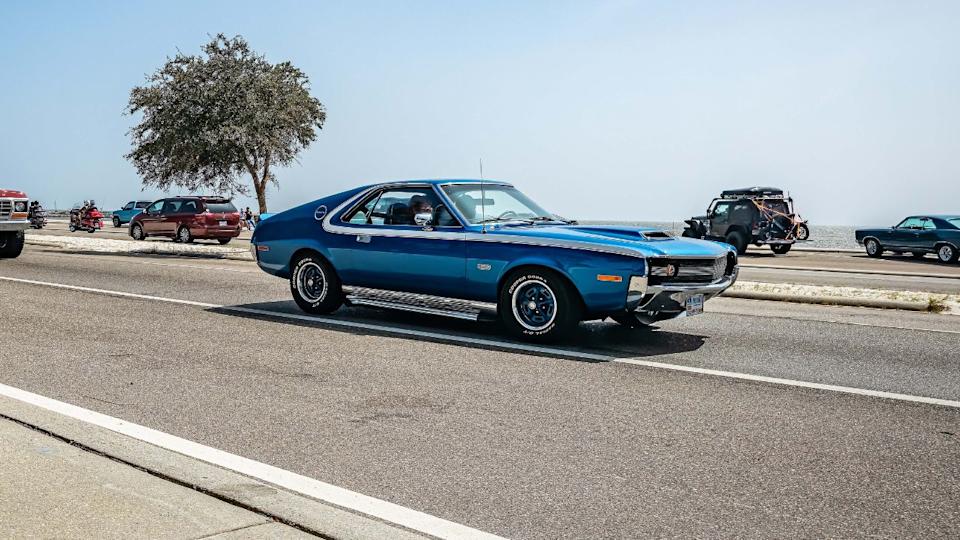
The AMC AMX was American Motors Corporation's bold, if short-lived, stab at muscle-car glory. And the 390 cubic-inch V8 version delivered far more than its obscure badge might suggest. It was a compact, two-seater sports/muscle car, exceptionally light for its era, and powerful (with 315 hp and 425 lb-ft of torque). Its unique short wheelbase gave it distinctive proportions and agile handling, but also made it look less imposing than its more traditional rivals from the Big Three.
Despite that, the AMX was a legitimate performance coupe that could genuinely keep pace with bigger-name beasts. Road tests of the era confirmed it could exceed 130 mph with ease, with some reports pushing 140 mph. It even set 106 national and international speed records in 1968, including a 24-hour run at over 140 miles per hour. A truly forgotten bullet from an unlikely, often-mocked source, proving that sometimes, the underdog bites hardest.
2003 Ford Mustang SVT Cobra "Terminator"
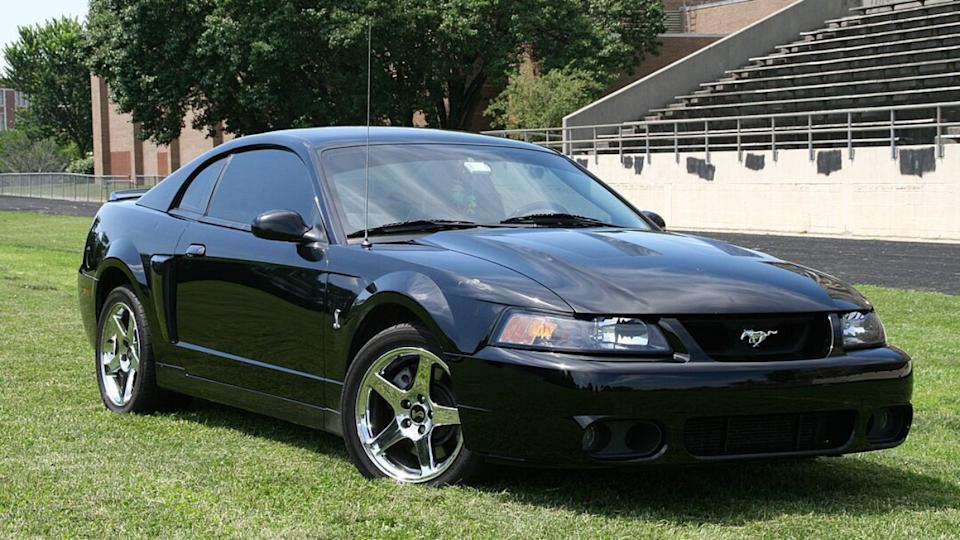
The 2003 Ford Mustang SVT Cobra, affectionately (and accurately) dubbed the "Terminator" by its legions of fans, was a seismic shift in Mustang performance. It wasn't just a slightly hotter GT; it was the first factory Mustang to feature a supercharged engine: a beefy 4.6-liter DOHC V8 that officially churned out 390 hp (but was notoriously underrated, often making over 400 hp at the wheels).
But more impressively, this potent pony could reach a top speed of 171 mph once the notorious factory limiter was removed (a simple procedure for those in the know). That instantly made it a serious threat to Corvettes, Porsche 911s, and BMW M3s of the era, all at a considerably lower price than those from Ford. The Terminator wasn't just fast in a straight line; with its independent rear suspension, it could handle too. It transformed the Mustang's image from a simple pony car to a legitimate, world-class performance machine, forcing everyone to take notice.
2009 Dodge Challenger SRT8 (6.1L)
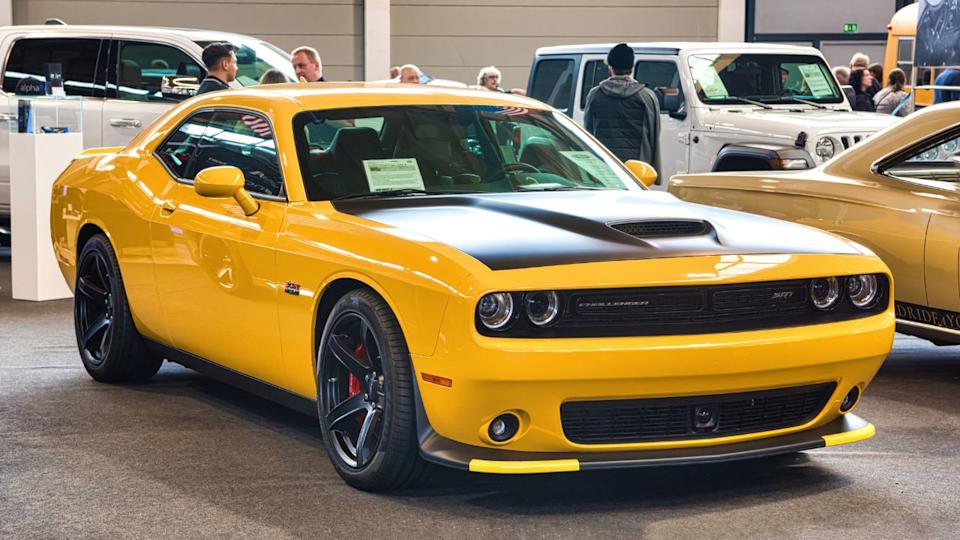
When Dodge brought the Challenger back to life in 2008, it made a strong impact with its unapologetically retro styling and the ability to take on Decepticons. It was the 2009 SRT8 with the 6.1-liter Hemi V8 that truly laid down the law. With a robust 425 hp and a menacing, guttural growl that could shatter windows, it wasn’t just about looking cool. This original SRT8 Challenger could top out at around 170 mph (some tests pushed it to 173 mph) if properly uncorked.
That made it genuinely faster than many European performance sedans and coupes twice its price, and it looked like it was capable of bench-pressing BMWs. While the later Hellcats, Demons, and Redeyes would eventually steal the spotlight with their absurd horsepower figures, this original 6.1L SRT8 Challenger proved that the retro looks weren't just for show; it had the muscle and the aerodynamic profile to fly – just without the screaming headlines and instant internet fame of its supercharged descendants
1973 Pontiac Firebird Trans Am 455 Super Duty
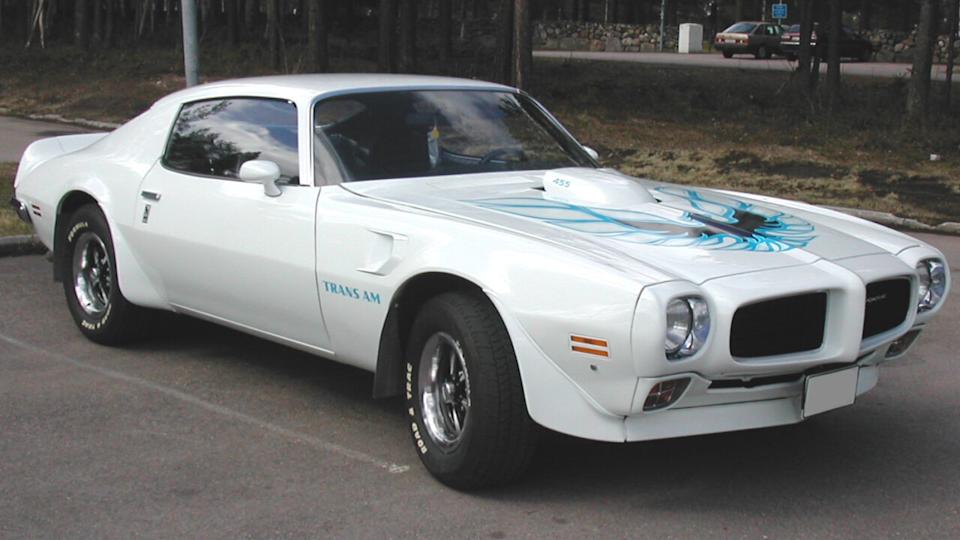
If the GTO was Pontiac’s more refined, mature muscle offering, the Firebird Trans Am SD-455 was its wild-eyed, younger brother. The 1973 model, with the legendary Super Duty 455 engine, was a beast, hiding its true nature under the iconic "screaming chicken" decal.
Officially rated at 290 net hp (a far more realistic measure than the old gross ratings, but still notoriously underrated), this engine was built with beefier internals and four-bolt mains, designed to handle serious abuse. It had enough torque to rotate the Earth (390 lb-ft net torque), and a factory-verified top speed of over 130 mph (Car and Driver tested it at 132 mph).
That was in 1973, mind you, when most muscle cars were being strangled by the first wave of emissions regulations and saddled with paltry compression ratios. The SD-455 wasn’t just fast; it was survivor fast, a defiant roar in the face of the nascent muscle car apocalypse. It still managed to bring legitimate heat to the streets when its rivals were wheezing. It stands as a testament to engineering prowess in a dying era, proving that sometimes, even when the world tells you to slow down, you can still find a way to fly.
The Forgotten Flyers
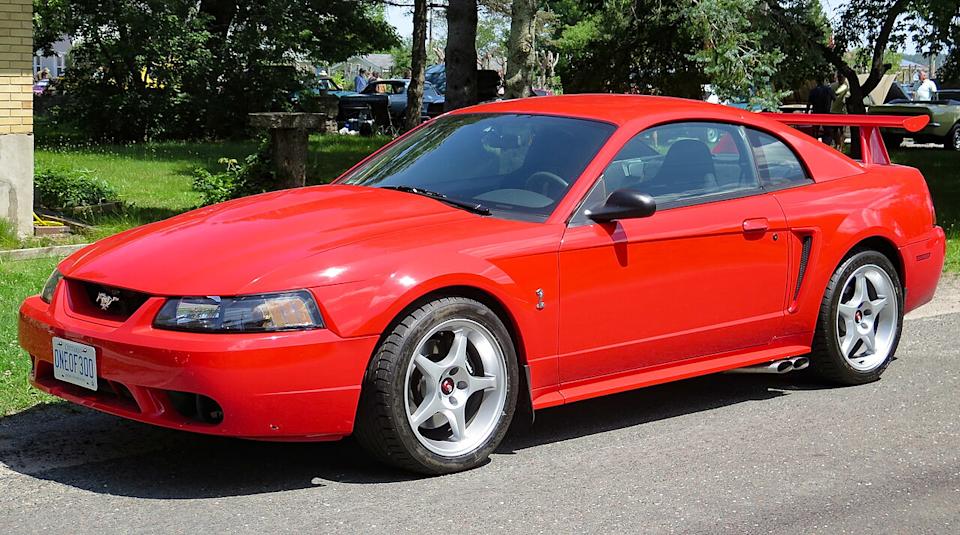
Muscle cars are often remembered for their glorious sound and outrageous looks. Sure, the stereotype lingers — a giant engine stuffed into a “good-enough” chassis, all brawn with barely enough grip to keep things interesting. But that view sells them short.
Because many muscle cars were legitimate engineering achievements. Beneath the decals and straight-line swagger, you’ll find wind tunnel-tested aerodynamics, purpose-built gearing, strategic weight reduction, and in some cases, sports car-worthy suspension and steering.
Born to rumble. Proven to run. They flew.
Like our content? Follow us for more.


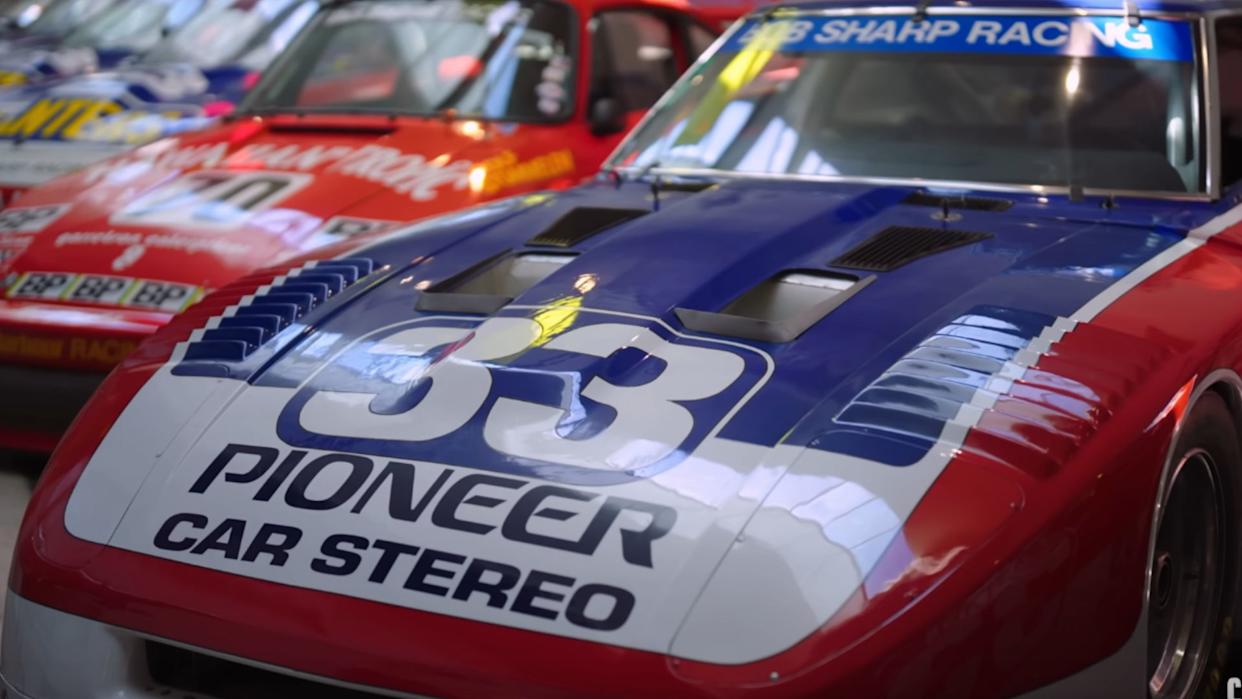
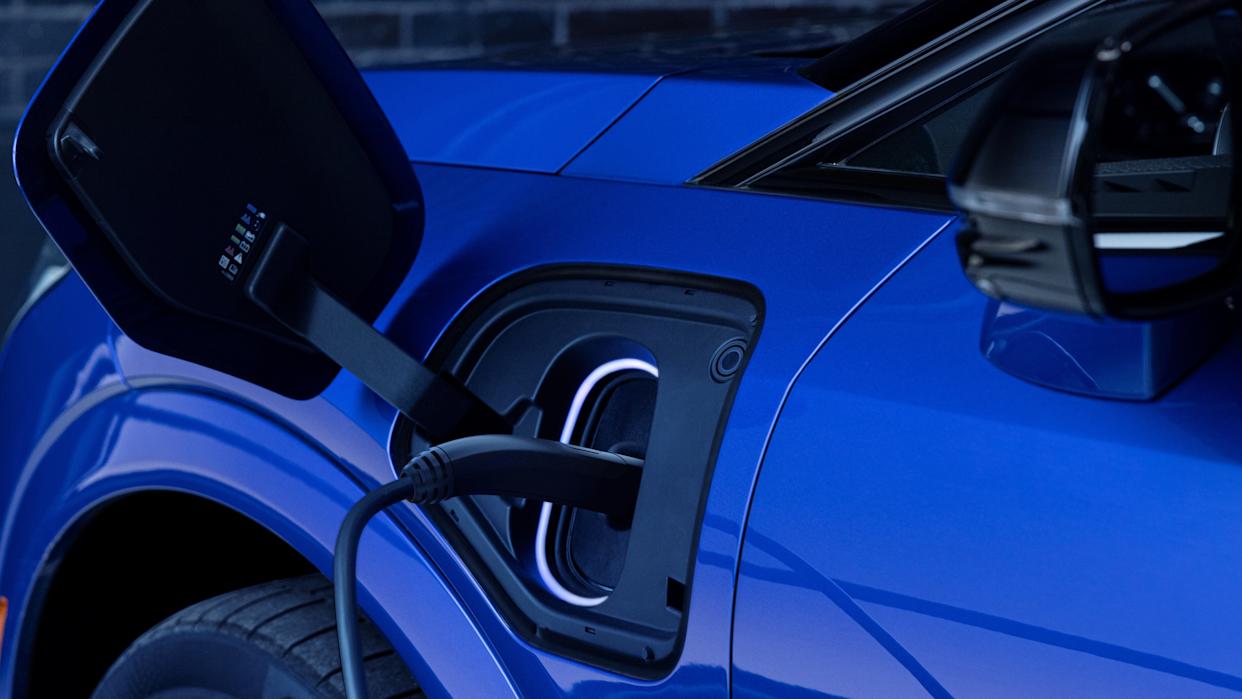


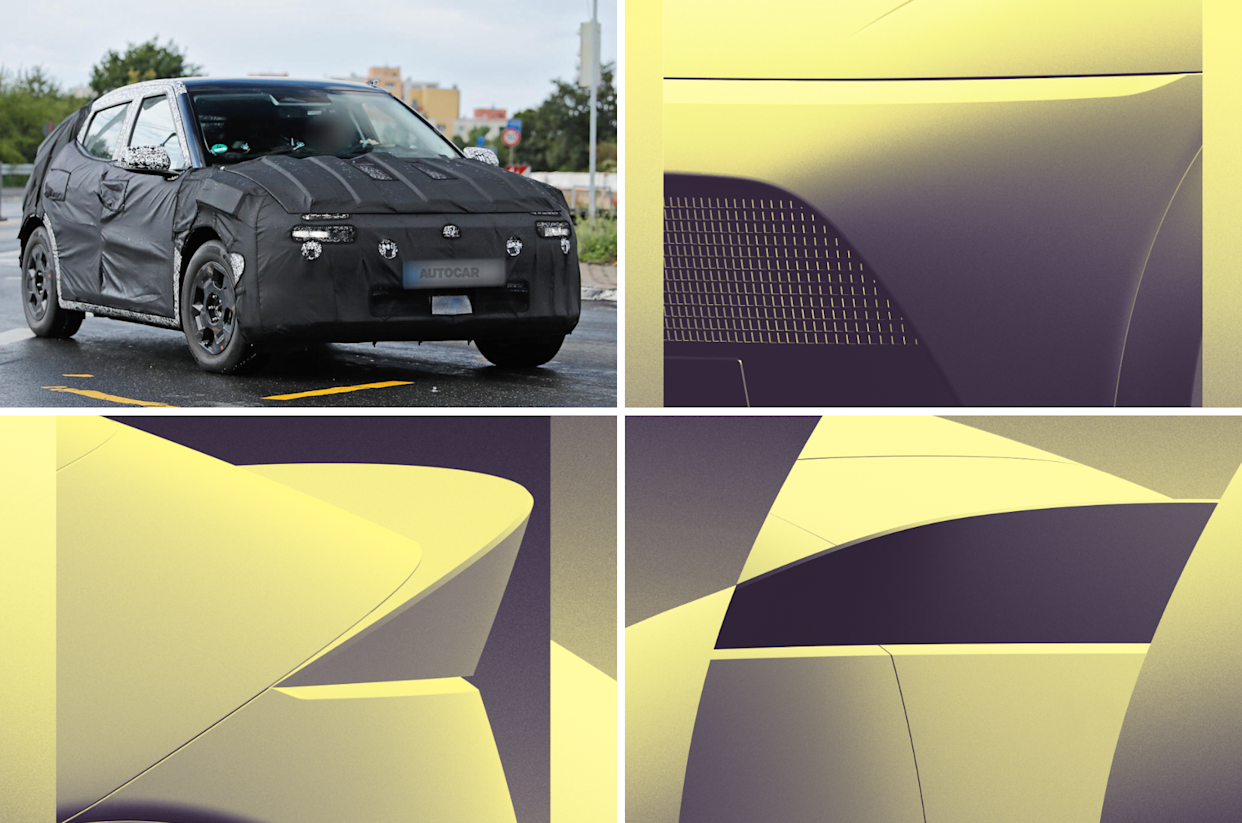
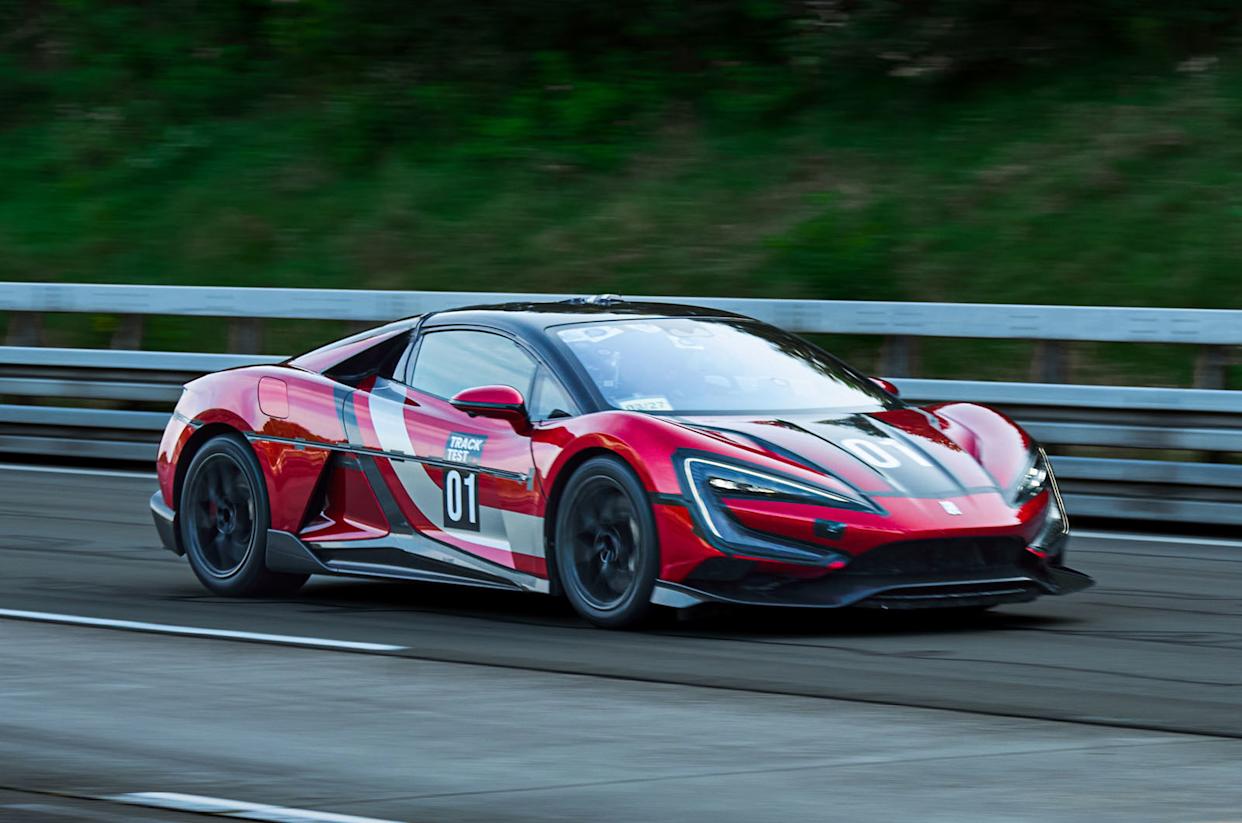
Comments